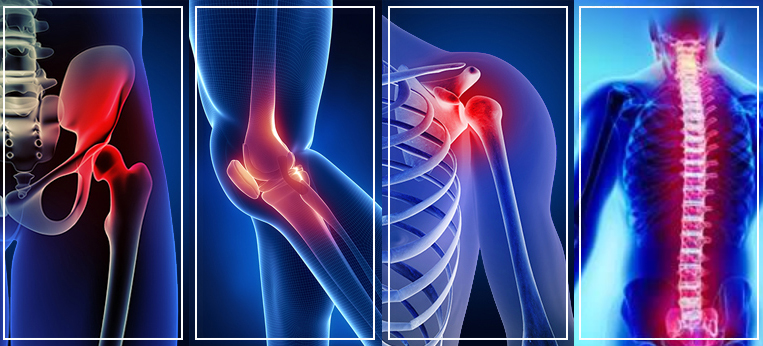
Whether you’re a professional runner or just an amateur who likes to run every week, you’ll know that injuries are almost inevitable in this sport. Remember to consult an Orthopaedic Specialist In Singapore for your run injuries.
Injury while running is very common and difficult to prevent, especially if you’re an amateur athlete who doesn’t have much physical training, but that doesn’t mean it’s totally impossible.
Below are some tips to help all runners correctly prevent injuries that may hinder them from continuing their training routines, we will give you a series of essential tips that will teach you how to minimize the occurrence of discomfort while running.
Take note!
Tips to avoid running injuries
The main causes of running injuries are due to the excessive wear of joints and muscles from training too intensively and with hardly any rest, wearing the wrong shoes, and maintaining incorrect posture while running.
While all of these injuries are fairly common, most are minor and can be easily avoided.
Here are some of the best tricks you can do.
Over-training
One of the main causes of injury to runners is that they start training at too high an intensity, without taking breaks and without having gradually increased the intensity of their training sessions.
Experts explain that the ideal is to increase the intensity by 10% for each training session, instead of starting at the maximum of our level from the first day and trying to keep up with that pace all the time.
Therefore, to avoid excessive wear and tear and injuries, we should gradually increase the distance and pace of our runs; our bodies will suffer less and our resistance and ability to adapt will be greater.
Improper footwear
Another common cause of injury is the use of inappropriate footwear, resulting in knee, ankle, hip, foot, and leg pain.
One of the main problems, especially among amateur runners, is starting to use poor quality sneakers and not replacing them when their cushioning system starts to wear out, causing the posture to be wrong throughout the race and eventually triggering an injury.
Ideally, you should go to a specialist shop to buy a suitable pair of trainers and replace them every 400 or 500 miles, as this is the average distance that medium and high range shoes can withstand and still ensure maximum safety during each race.
Running on hard surfaces
The surface on which we run can also end up causing an injury, with concrete pavements in cities being the worst because of their poor ability to absorb the impact of our feet while running.
Ideally, training should be carried out on dirt tracks and flat, straight paths, as they absorb the impact of our strides better and reduce the wear and tear on our joints.
Stretching
Today, many amateur runners still make their runs worse without a prior stretching routine, which ends up making the muscles too stiff during training and much more susceptible to injury of any kind.
Experts recommend a complete stretching routine of at least 5 minutes before and after each race, and the use of a foam roller to massage the legs and release tension is also very useful.
Bad posture
The posture in which we run is also an important factor in being able to avoid the appearance of injuries. It is very common to start developing back problems by adopting a stooped posture while training.
According to the experts, the perfect posture for running is to stay upright, with your shoulders back and relaxed, since this way our breathing will always be correct and our back will not suffer so much from the irregular impact of our strides.
The tilt of the head
Believe it or not, the position of our head while training is also very important to avoid problems in the future. It is very common that while we are running, the inclination of our head varies, causing the appearance of pain in the muscles of the neck and back when we lean too far forward.
The ideal is to keep it straight and relaxed, just above our shoulders and hips, as this will avoid overloading the neck and back muscles and also improve the quality of our breathing.
Conclusion
In conclusion, injuries are a real nuisance that any athlete wants to avoid, but to do so, the first thing to do is to try to regularly apply all the advice we have explained throughout this article.
Prevention is always the first step in keeping hateful injuries away from our training sessions. Don’t forget that!